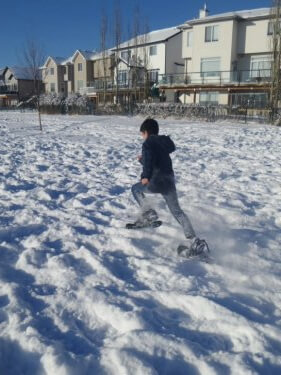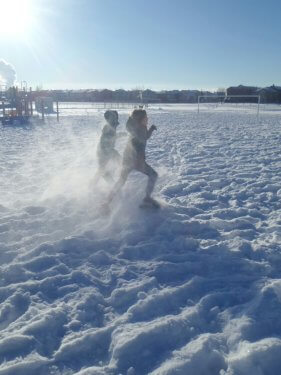Elementary school teachers are commonly referred to as “generalist” teachers because they normally teach across all the curricular areas. For generalist teachers, the connection of curricula can be effective in helping students experience meaningful learning; it helps students “connect the dots.” Often overlooked however is that elementary school physical education specialists can help support generalists in “connecting the dots” between physical education and other curricular areas to enhance student learning.

Significantly, students who are exposed to connected or integrated curricular areas demonstrate academic performance equal to or better than students who are exposed to discipline-based programs (Drake & Reid, 2010). And, implementing integrative activities across different subject areas has been recognized as being effective for fostering learning, while maintaining high levels of student motivation, creativity, and discovery (Bradford & Schmidt, 2016). Benefits from cross-curricular connections also include: building on prior knowledge; unifying student learning; reflecting real world situations; and matching the way students think (Alberta Education, 2007).
Purposefully connecting competencies from within or across subject areas develops the understanding of key curricular learning outcomes. However, according to Gleddie, Hickson, and Bradford (2018), although cross-curricular learning refers to connecting subject areas, teachers must recognize the importance of meeting the unique intended learning outcomes in each curricular area. It is not a ‘true’ cross-curricular connection when one subject area receives a great deal of focus, while the other subject area receives minimal. For example, just because a teacher takes a Grade 4 class outside to search for and collect various items related to a science project, the lesson is not a ‘true’ cross-curricular connection to physical education (Gleddie, et al., 2018). When students are simply asked to travel to various spots to collect items such as pine-cones, rocks, and leaves, although physical activity is involved during this lesson, no learning outcomes related to physical education are explicitly met.







